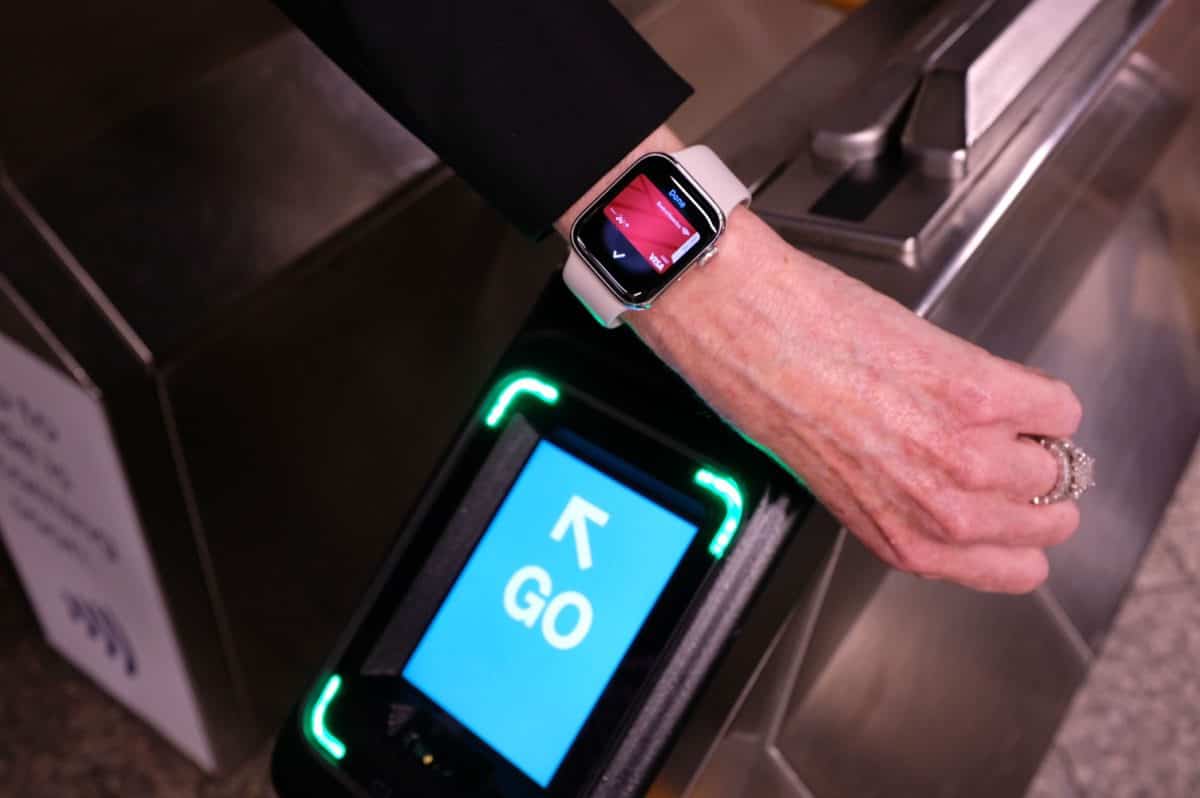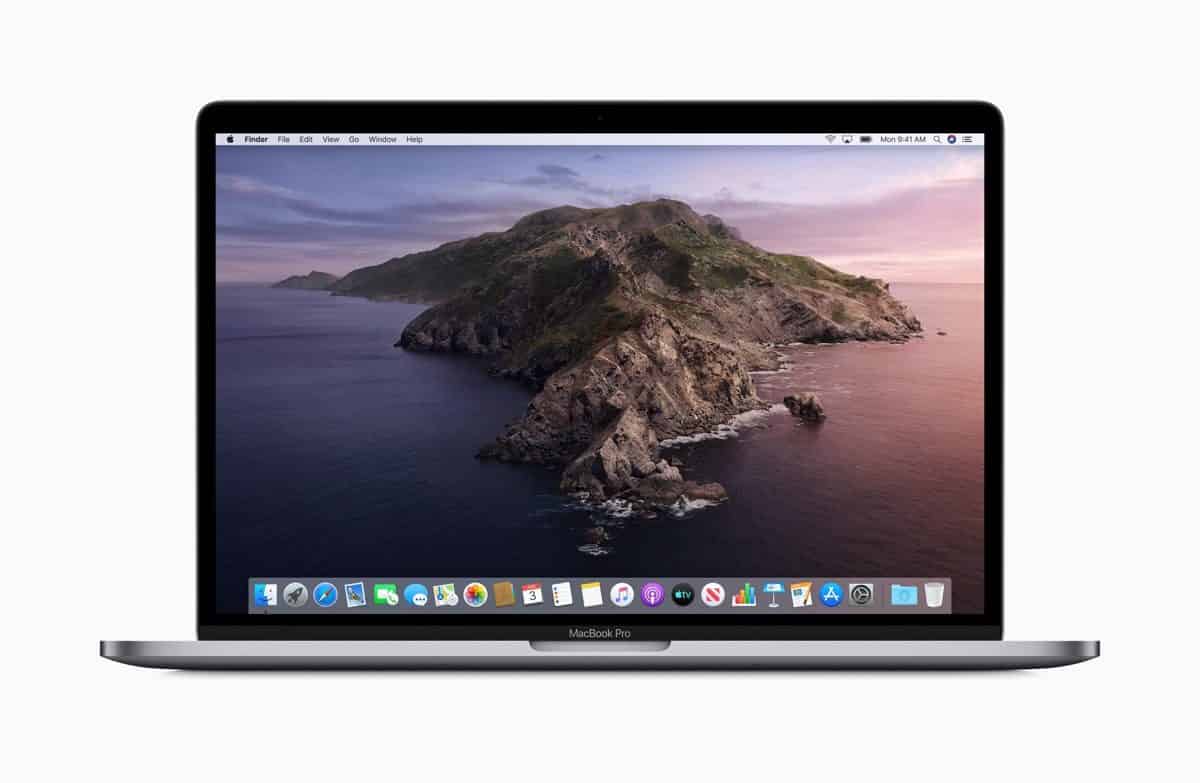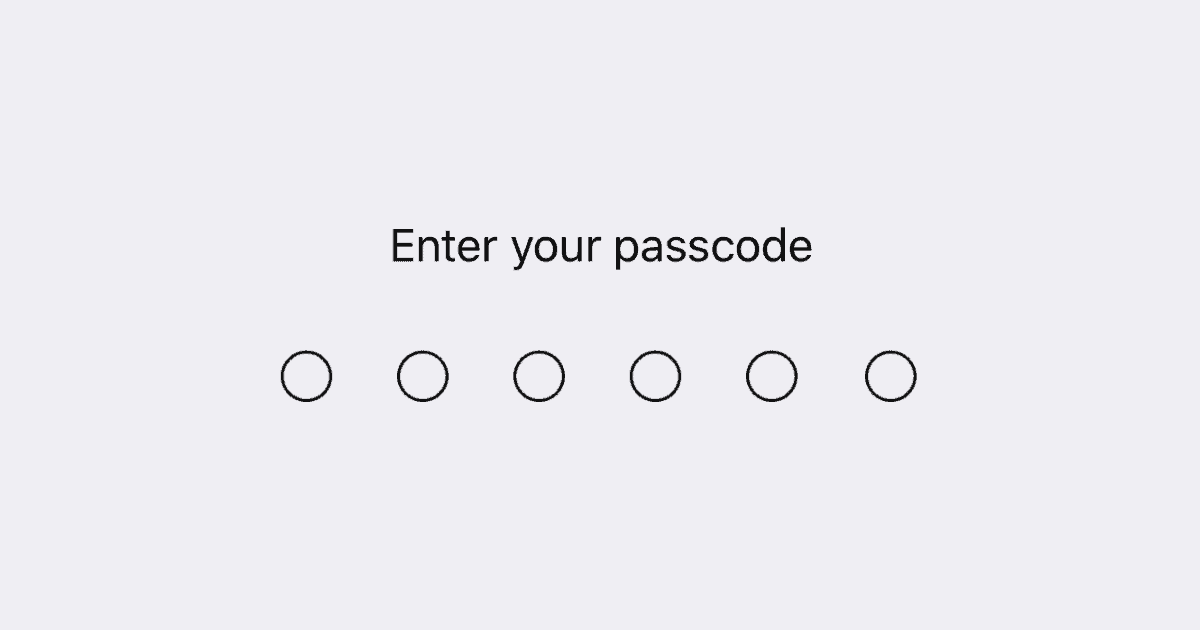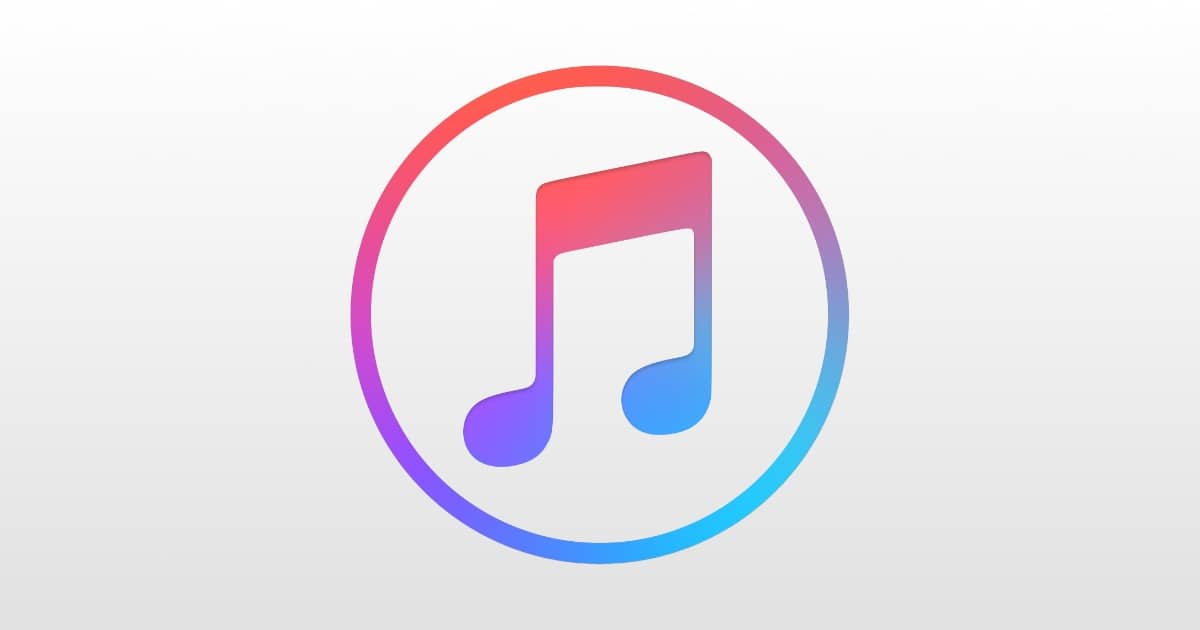Researchers found 32 fleeceware apps on the App Store, a new term for apps that abuse legal loopholes in app trials.
Apple Could Expand Sleep Tracking Capabilities into Blankets And Mattress
Users already monitor their time in bed using Apple products, but the options available could be expanding. AppleInsider reported on a patent that involves the company creating a blanket and mattress with the ability to track sleep and health.
“Traditionally, monitoring a person’s sleep or vital signs has required expensive and bulky equipment,” begins “Vital Signs Monitoring System,” US Patent No 20200107785. It then points out that wearing such equipment makes the person uncomfortable, and so affects the very sleep patterns that it’s trying to monitor. This is specifically a criticism about the kind of sleep tracking that requires a stay in a medical facility, but it also makes points that could equally apply to an Apple Watch. Specifically, it says that currently any kind of worn device tends to be “configured to determine the vital signs based on one type of measurement or mode of operation.”
Apple Pay Express Transit Arrives in 273 More Chinese Cities
Express Transit is now available in 275 cities in China due to a partnership with nationwide transport card provider T-Union.
ProtonMail Users Get Free Storage, ProtonVPN Gets More Servers
Proton is giving users additional storage for ProtonMail at no extra cost, and added 53 additional ProtonVPN servers in 17 countries.
In these turbulent times, we’re reminded of the importance of community and solidarity. With this in mind, we wanted to do our part to help support both the Proton community and others around the world who need support to confront this crisis.
It’s great to see Proton do this. Since it mentions the experimental ProtonDrive product coming in the future, it sounds like this extra storage is permanent.
macOS Catalina 10.15.4 Gets Supplemental Update
Apple has released a supplemental update to macOS Catalina 10.15.4, resolving a number of issues experienced by users.
Disney+ Now Has 50 Million Subscribers
Disney+ has hit the 50 million subscriber mark in just five months, The Guardian reports. While this figure is impressive, it has been boosted not only by lockdowns around the world but by a number of offers from telecoms firms.
Disney+, which launched in the UK and most major western European markets last month, with hits including the Star Wars live action spin-off The Mandalorian, has signed up 50m subscribers just five months after launch. It took its rival, Netflix, which has more than 160 million subscribers, seven years to reach the same milestone after moving from DVD rental by post to streaming in 2007. Disney, which launched in Europe with lower streaming speeds to help ease the burden on broadband networks as millions are confined to their homes, last reported subscriber numbers on 3 February. At that time, just as the coronavirus started its rapid spread in China and beyond, Disney+ had 28.6 million subscribers.
A Look at Amazon and Apple's New Relationship
Last week, Apple quietly allowed Amazon Prime Video to start offering in-app purchases in a seeming loosening of App Store restrictions. It’s a fascinating move, one that Ben Thompson provides in-depth analysis of on Stratechery.
Both [Apple and Amazon], given their desire to be a platform for over-the-top services, are on the same side when it comes to a potential Netflix-dominated future: neither want it to happen. Netflix dominating means that shows are sold directly to Netflix; channels are pointless. Apple and Amazon both, though, want channels to exist, if only so that they can sell subscriptions to them.
Top Apple Music Exec Leaving For Atlantic Records
Austin Daboh, a top Apple Music executive in the UK, is leaving to join Atlantic Records UK after seven months in his current role.
How to Use Geofencing to Create Location-Aware Reminders
Apple added location-aware reminders all the way back in iOS 6. Improvements have been made since then, and Andrew walks you through them.
Twitter Took Away Your Ability to Stop Sharing Data With Advertisers
Twitter had a feature that users could enable that stopped the company from sharing certain data with advertisers. That feature is now gone.
An option in Twitter’s privacy settings called “Share your data with Twitter’s business partners” used to let you disable sharing of this information. That setting still exists, but Twitter now says it has removed your control over “mobile app advertising measurements.” Disabling the setting can still prevent sharing of other information, such as your interests. Other Twitter privacy settings, like disabling web tracking, are still available. Twitter will not share your name, email address, phone number, or username.
Apple Commits to Hire Over 1,000 Interns This Year
A report today says that Apple plans to hire over 1,000 people for a mixture of online and in-person internships.
Earnings Call Considerations, Apple's Pandemic Response – TMO Daily Observations 2020-04-08
John Martellaro and Andrew Orr join host Kelly Guimont to discuss what Apple’s earnings call might look like, and some of Apple’s responses to the pandemic.
Google Helps Apple Progress With One-Time Passcode Proposal
A Google staffer and an Apple staffer have come together to make progress on Apple’s work to introduce one-time passcodes delivered in an SMS. AppleInsider looked into the latest developments.
Announced in an updated GitHub explainer, an initial report of Apple’s “Origin-bound one-time codes delivered via SMS” project was published by the WICG on April 2. The draft was co-edited by Theresa O’Connor from Apple and Sam Goto from Google. First proposed by Apple WebKit engineers and backed by Google in January, the initiative seeks to simplify the OTP SMS mechanism commonly used by websites, businesses and other entities to confirm login credentials as part of two-step authentication systems.
Photographer Using FaceTime to Take Portraits During Lockdown
Lockdown is hard for everyone, including creative people used to being out and about playing music or creating art. One photographer, Tim Dunk, found a way to keep taking portraits – using FaceTime. He explained how on Peta Pixel.
I then had an idea to sustain myself creatively and socially, and threw it out to a few contacts — maybe with the use of some common apps and bits of tech, I could continue to make work. Using FaceTime, a MacBook Pro, and my subject using an iPhone under instruction, I was able to make portraits of people in isolation, distanced from the world and the people that make it up. I’ve been lucky enough that my FaceTime portraits have really caught folk’s attention, and I’ve been fielding a lot of questions from other photographers.
How to Lock Your Netflix Profile With a PIN
Netflix added several improvements to enhance its parental control features. One change lets you lock your Netflix profile with a PIN.
Apple Music Fund Gives $50 Million to Indie Labels
Apple Music has created a US$50 million fund for indie labels so that struggling artists can still get paid during the pandemic.
Apple Q2 2020 Earnings Call to Take Place April 30
Apple’s Q2 earnings call will take place on April 30. It will begin at 2:00 p.m. PT / 5:00 p.m. ET and will be streamed live.
Apple’s Clips App Updated to Support Mice, Trackpads
Apple updated Clips, its creative tool used to send quick, fun videos over social media. Version 2.1.1 appeared yesterday with the following features:Use Clips on iPad with a mouse, trackpad, or Bluetooth keyboard for new ways to create videos (requires iPadOS 13.4); Use the Duplicate button to instantly create a copy of a clip with all its effects; Tap the Split button to divide any clip in two; Make stickers pop on and off the screen—just split any clip and apply stickers to either of the two new sections; Give your video the look of an 80’s arcade game with updated 8-bit stickers and the new Game Over poster; Celebrate spring with the floral Springtime poster; Choose from 11 new Mickey and Minnie Mouse stickers, each with its own expressive animation; Performance and stability improvements.
Jack Dorsey Donates $1 Billion to COVID-19 Relief
Twitter and Square founder Jack Dorsey announced Tuesday that he has moved $1 billion worth of Square equity into an LLC to fund COVID-19 relief, NBC News reported. This equates to around 28 percent of his total net-worth.
Dorsey’s investment in coronavirus relief is the most significant financial pledge by a private individual to date. Several other current and former tech executives, including Bill Gates and Jeff Bezos, have each pledged $100 million. Unlike other donors, Dorsey also promised to keep a consistently updated public record of all the donations. Once the pandemic is over, Dorsey said, the rest of the $1 billion will be dedicated to “girl’s health and education, and UBI,” which is short for Universal Basic Income, a program that calls for each person to receive a certain amount of money from the government every month.
Forza Street Driving Over to iOS on May 5
Forza Street, the mobile offering from the popular racing series, is coming to iOS on May 5 and offering freebies to early players.
Will Apple Kill Beats? Probably Not This Year
As shared by The Loop, there is some speculation on whether Apple will end the Beats brand. iMore says Apple should kill it, while 9to5Mac claims to have learned there is no plan to kill it. It started because of a separate rumor that Apple will release over-the-ear headphones under the AirPods brand. Quote from the iMore piece:
If Apple is truly planning to release over-the-ear noise-canceling pair of headphones similar to the Bose 700 has Jon Prosser suggests, it would be incredibly redundant to continue to release Beats as well. The Apple brand is just more valuable to Apple than the Beats brand — plain and simple.
My two cents is that Apple will probably phase out Beats, but not this year. It will be a gradual process over the next 10 years, like how the iPod touch still gets an occasional refresh but otherwise isn’t mentioned. You can’t kill a brand like Beats overnight. Once over-the-ear AirPods come out, and they will, phase one will be complete. There will be an AirPod for each Beats category, because you can’t leave customers hanging without alternatives, thank you very much.
Apple Shares Instructions to Assemble a Face Shield
Apple is producing face shields for medical workers, and added a support document to share instructions on how to assemble one.
Facebook Launches Survey to Help Health Researchers Forecast COVID-19
Facebook is working with Carnegie Mellon University to run a survey to help health researchers working to forecast the spread of COVID-19.
Apple Tweaks Maps to Prominently Feature Hospitals, Food Delivery, More
Apple has made some adjustments to Apple Maps to prioritize hospitals, restaurants that offer delivery, pharmacies, and more.























